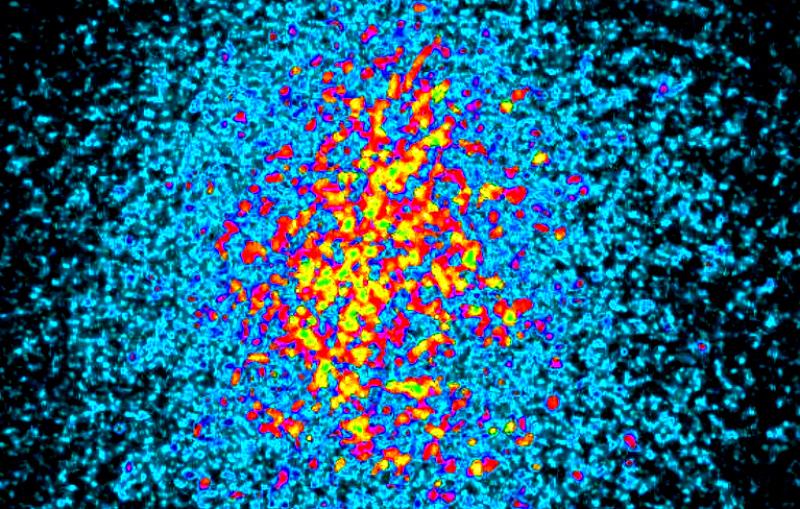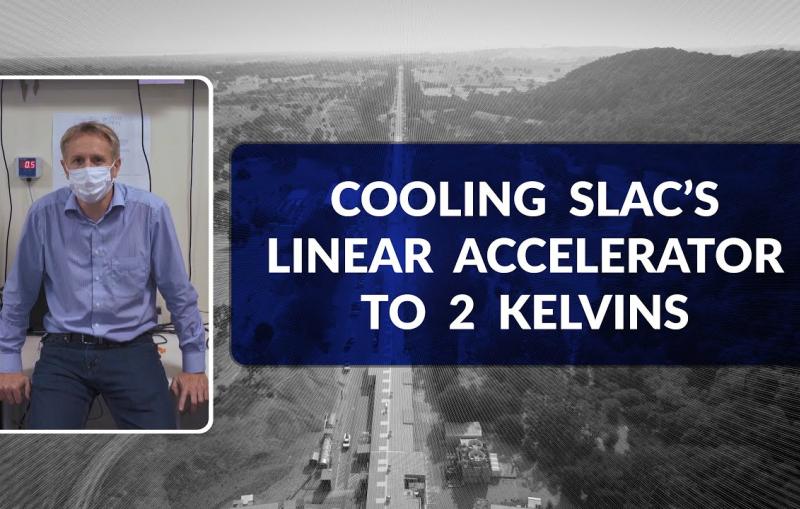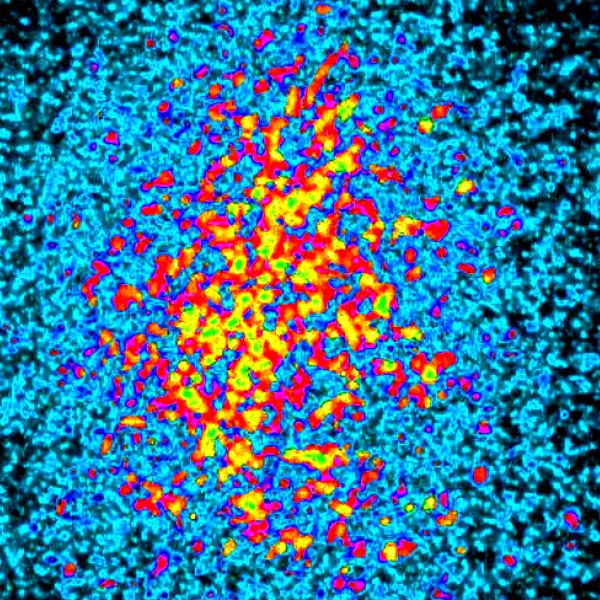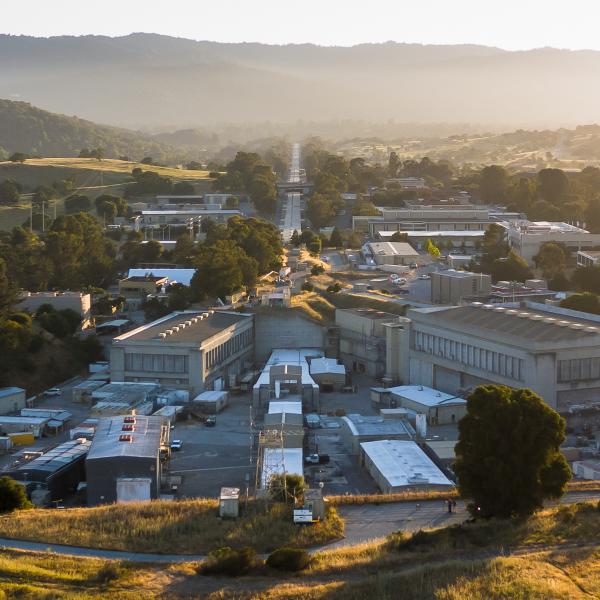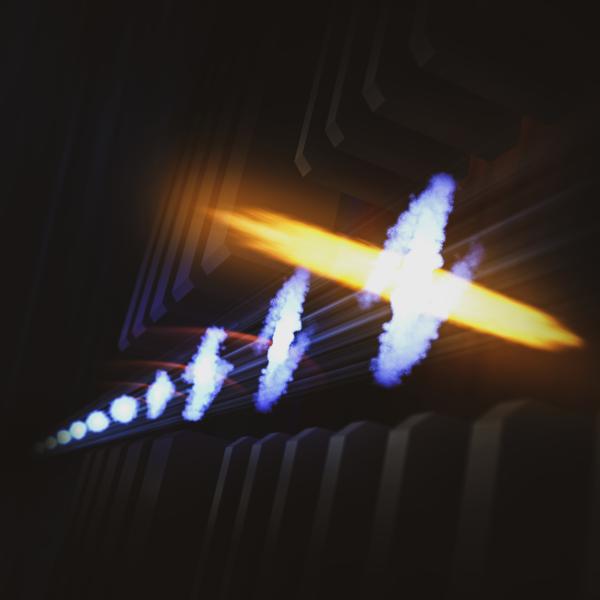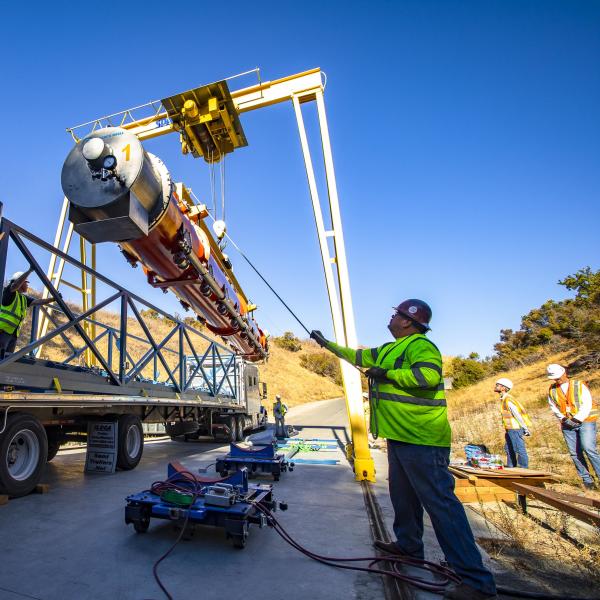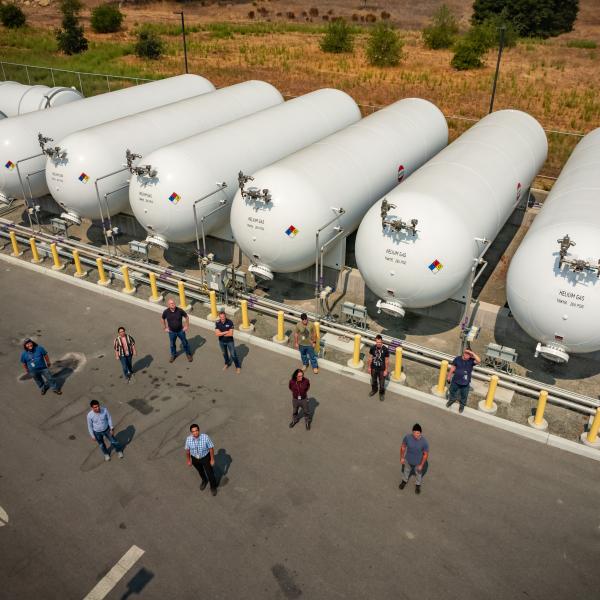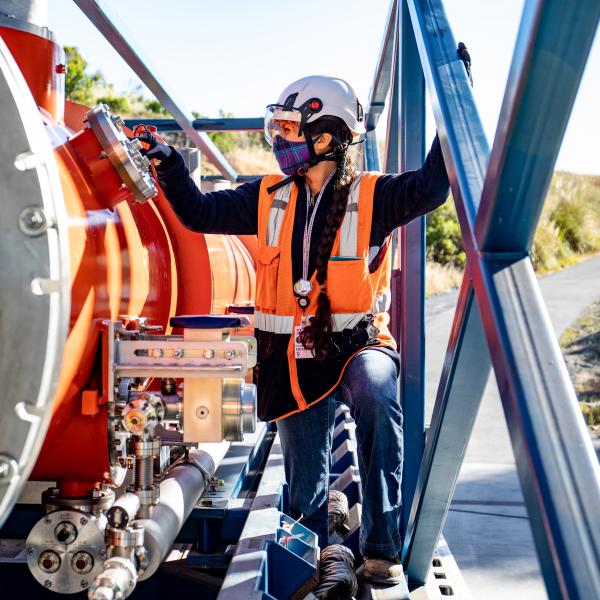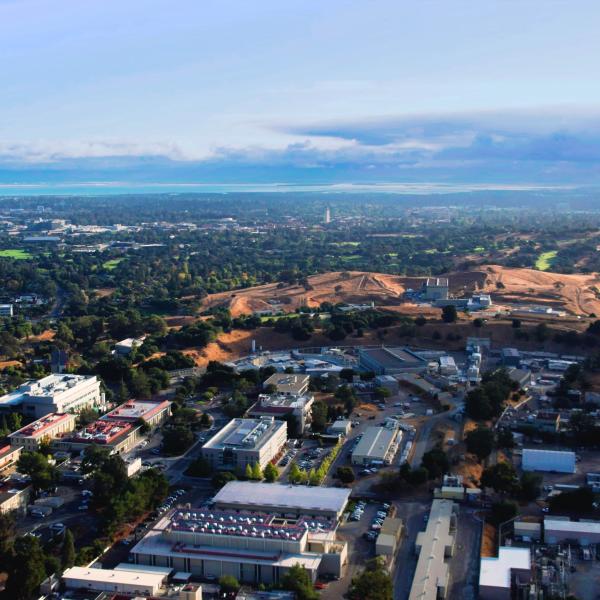

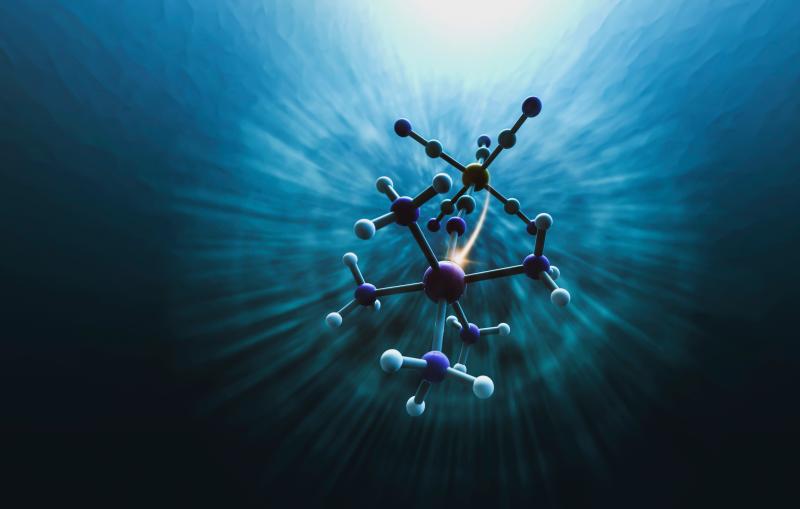
Scientists use a series of magnets to transform an electron bunch into a narrow current spike which then produces a very intense attosecond X-ray...
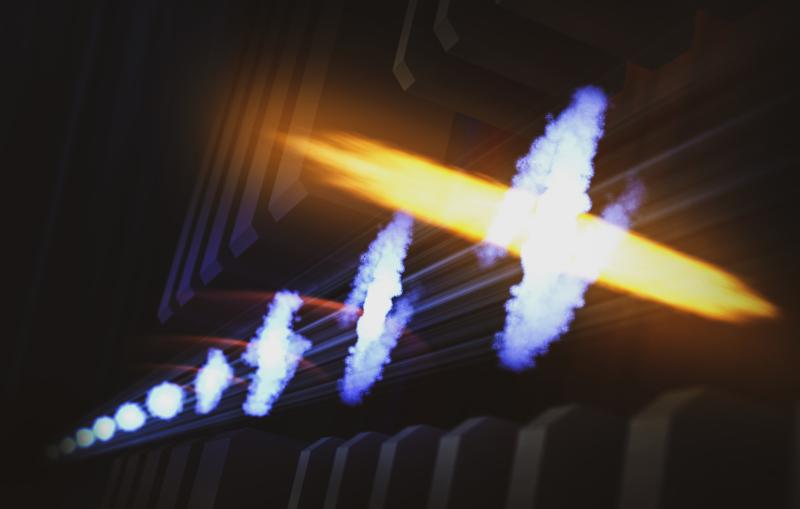
The first of 37 cryomodules for LCLS-II is moved off of its truck after being shipped from Fermilab. All the cryomodules were delivered...
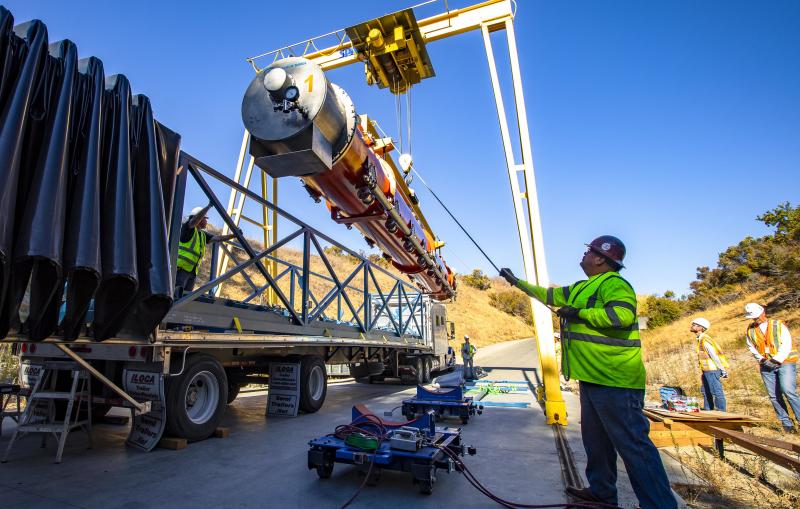

Dominique White takes a look at the last cryomodule for LCLS-II delivered from Fermi National Accelerator Laboratory.
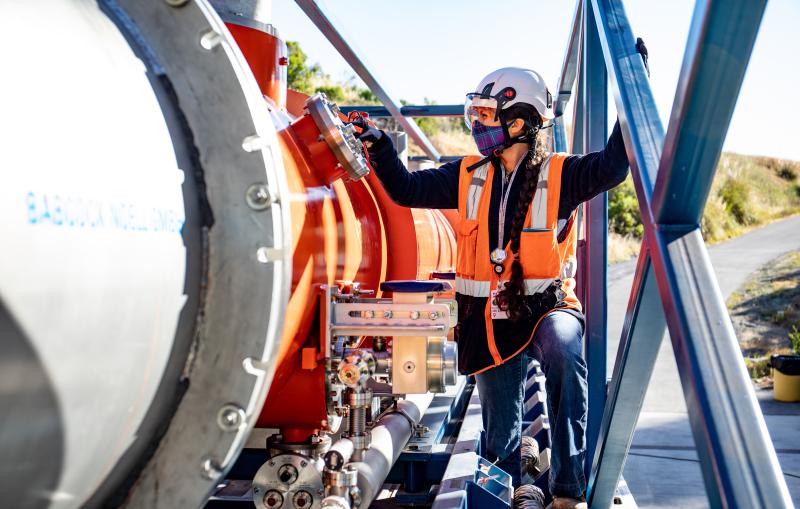

Ultra-bright X-ray laser pulses can be used to strip electrons away from atoms, creating ions with strong charges.



